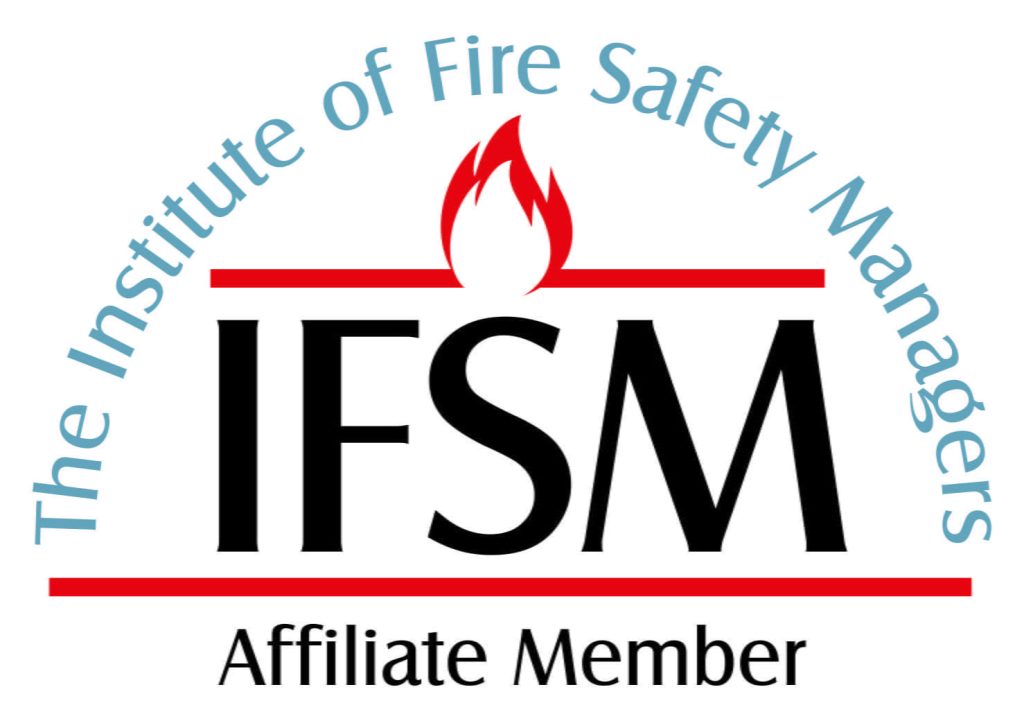
WHAT IS A FIRE RISK ASSESSMENT?
WHAT IS THE LEGAL REQUIREMENT FOR FIRE RISK ASSESSMENTS?
Using a Fire Risk Assessment template PAS79
A fire risk assessment is a legal requirement and is about fire safety. The assessment is a detailed examination of a premises and the activities carried out there to determine the source and likelihood of a fire starting that could cause harm to life especially those who are more vulnerable. The independent fire risk assessor will look at the fire protection and preventive fire measures to ensure the fire risk is as low as is reasonably practicable.
Fire Risk Assessment Example
Examples: Office Fire Risk Assessment, Business Fire Risk Assessment, Building Fire Risk Assessment, HMO Fire Risk Assessment, Fire Risk Assessment for Flats, Landlord Fire Risk Assessment
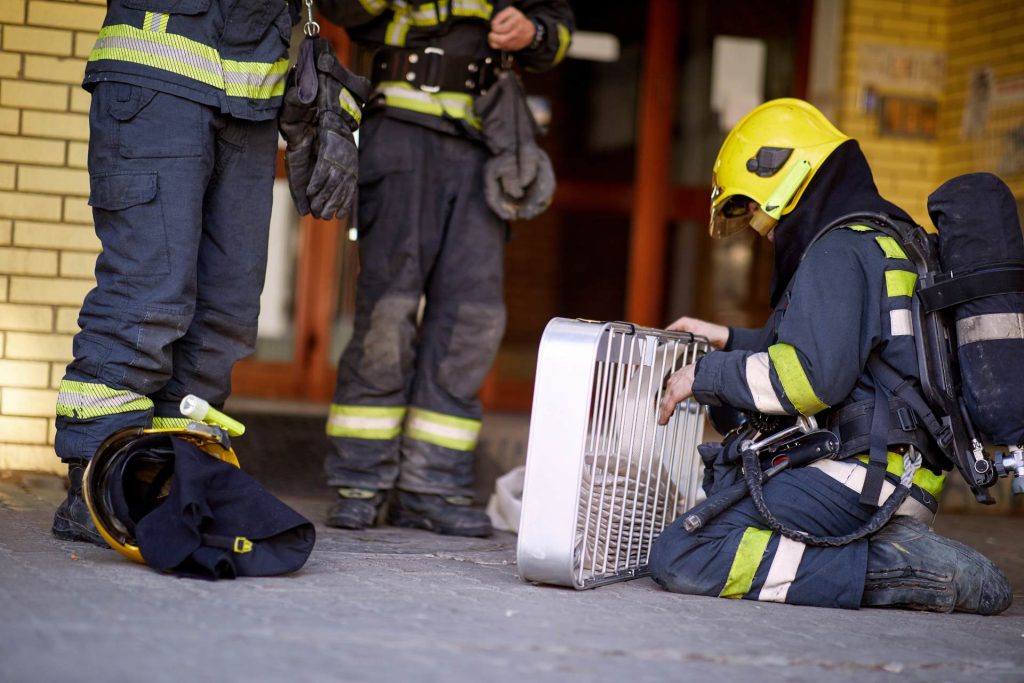
Persons And Building Information
Considering persons on the premises and building details.
Fire Hazards
Risk assessment for fire and the consideration of fire hazards will involve identifying three elements. These are sources of ignition (e.g., sparks, hot surfaces, friction, static electricity, chemical reaction), sources of fuel (e.g., flammable solids, flammable liquids, liquefiable solids, flammable gases) and sources of oxygen (all around us, additional sources of oxygen) and the consequences if these three elements combine.
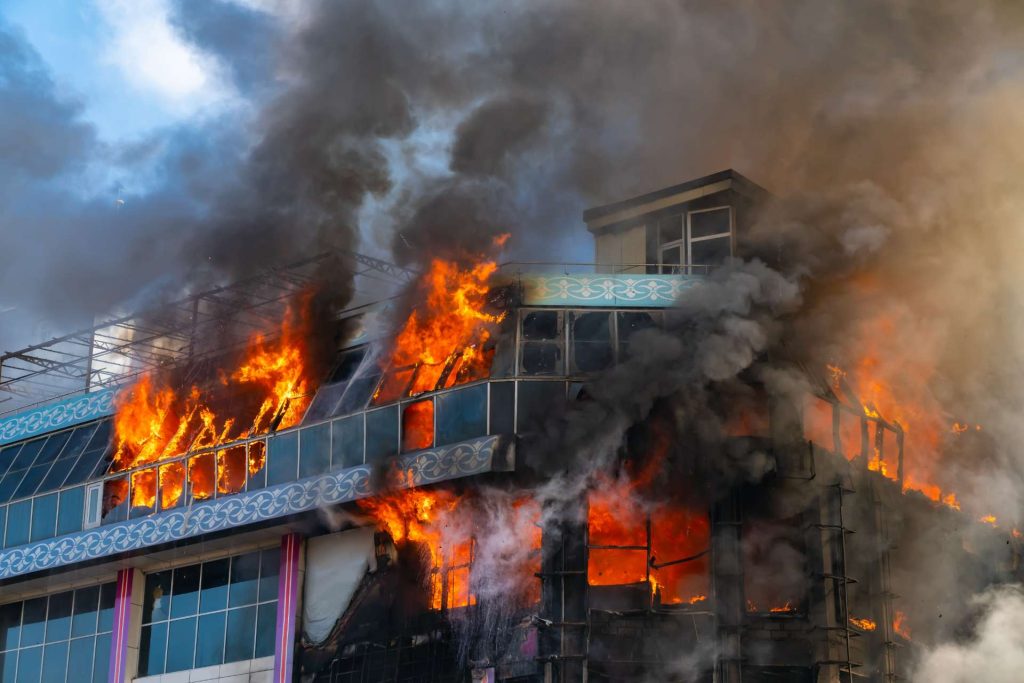

Persons At Risk
We determine the people at risk and especially those who are more vulnerable such as the elderly, the young, and persons with mobility and/ or cognitive impairment.
Fire Protection
Considering fire fighting facilities, fire extinguishers, fire alarm system, fire hoses, fire sprinkler systems etc.

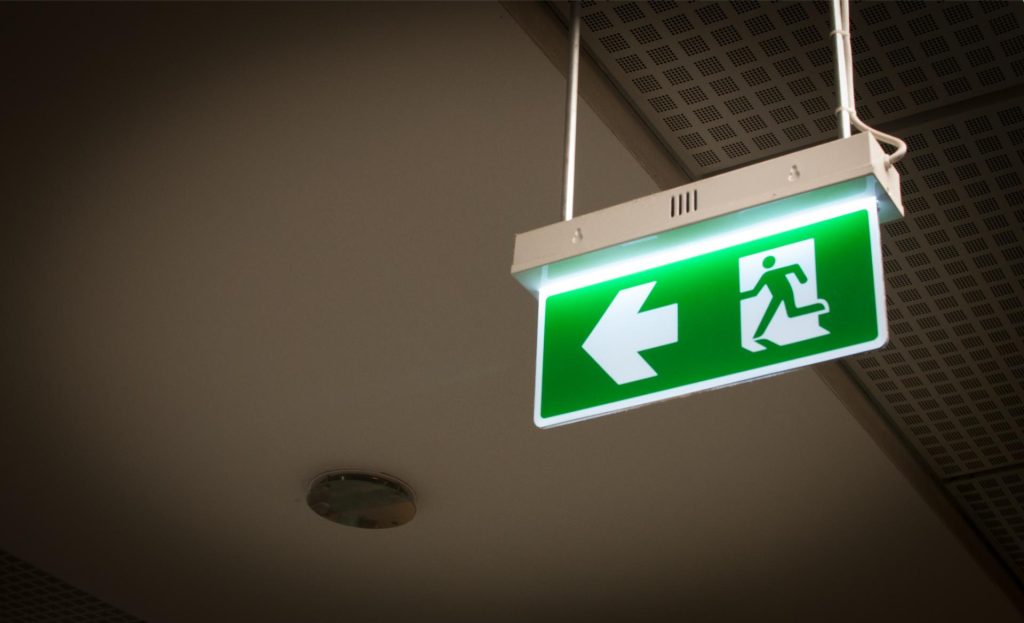
Means of Escape From Fire
Considering means of escape for persons to provide safe evacuation.
Risk Level of The Premises
We evaluate the risk of fire and the likelihood and possible severity of harm to life from fire, including how fire spreads by convection, conduction, or radiation.
Such fire hazards need to be removed if reasonably practicable to do so, if they are unable to be removed, then reasonable measures must be taken to reduce them and the risk of fire. The adequacy of the existing control measures in place should be considered and the risk of fire and harm to life should be reduced by planning and implementing further control measures if needed.
The fire assesment will involve assessing the ongoing management of fire safety in the business, such as fire action fire drills, conducting staff training, maintenance and fire safety checks.
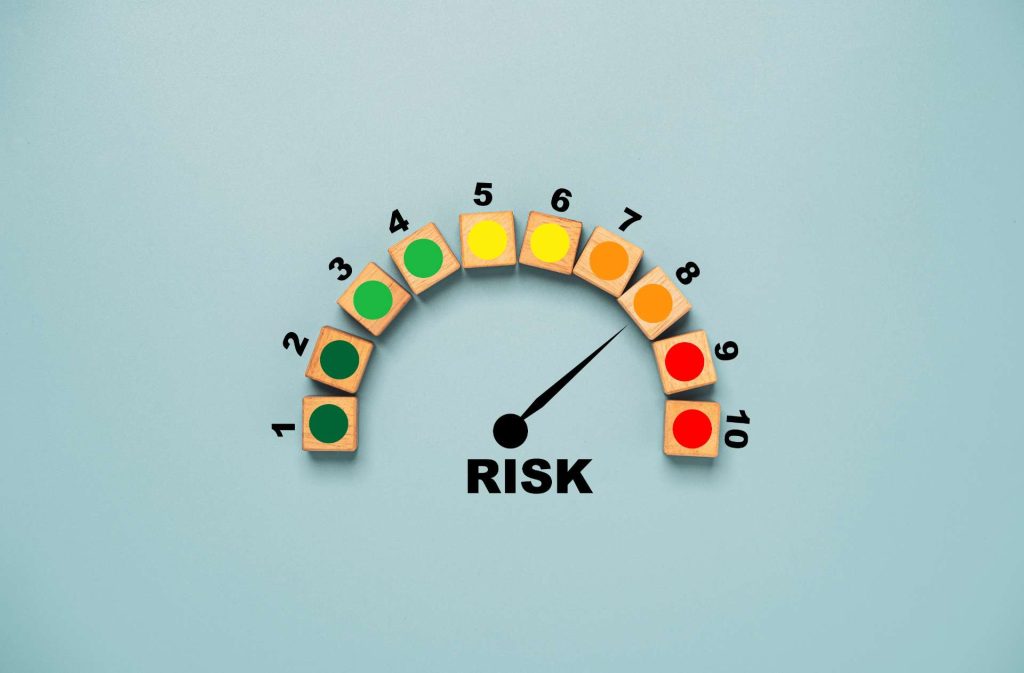

Findings
We record the findings of the fire risk assessment. We include actions that may be required, by whom and a timescale. We look at any instructions and training requirements of staff, the written evacuation plan and the measures in place to prevent fire.
Frequent Reviews
The fire risk assessment must be reviewed regularly and changes made if this is necessary, if there are changes in the processes, personnel or the premises are altered.
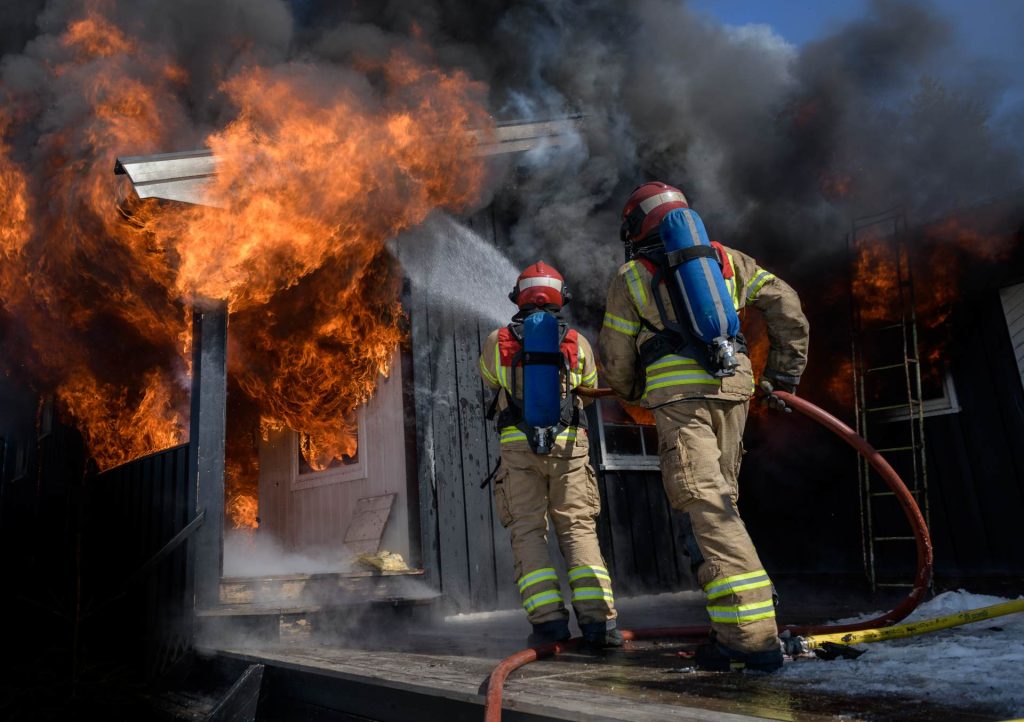
YOUR FIRE SAFETY CHECKS
Has a fire risk assessment been conducted and is it being reviewed regularly?
How old is the assessment?
Have there been significant changes of staff including any physical or mental impairment or a young person employed since it was last conducted?
Has there been changes or damage to the building fire safety measures?
Have there been processes or building alterations?
Has hazardous substance storage been introduced or has it changed?
Has there been a fire?
Has there been changes in legislation?
Is there a reason to think the assessment is no longer valid?
There should be regular checks on the premises of the fire alarm, emergency lighting, fire extinguishers, means of escape, fire doors, safety and hazard warning signs, evacuation aids and other fire safety measures. Also checking fire safety training is up to date and conducting a regular fire evacuation drill. Check to ensure all relevant testing and maintenance is being done.
It is recommended to record your fire safety checks for auditing purposes and these records will be looked at during the fire risk assessment.
GOOD TO KNOW
TEMPLATE FOR FIRE RISK ASSESSMENT USING PAS79
A qualitative assessment will be carried out using the recognised PAS79 fire risk assessment template (Publicly Available Specification) to systematically evaluate the hazard from fire, the likelihood that there will be a fire and the consequences if a fire were to occur.
This is a detailed and structured approach and more than a basic fire risk assessment checklist or using a fire risk assessment form.
HOW MANY STEPS MAKE UP A FIRE SAFETY RISK ASSESSMENT?
FIRE RISK ASSESSMENT STEPS
We follow the 9 steps process which is much more detailed than a H & S based fire risk assessment 5 steps approach.
THE 9 STEPS ARE:
- Obtaining information about the building, including the use of the building and the people on the premises
- Identification of fire hazards and their control or elimination
- Assessment of the likelihood of any fire
- Determining any fire protection measures already present
- Obtaining information regarding fire safety management
- Assessing the consequences to individuals if a fire occurs
- Assessment of the overall fire risk
- Formulating and documenting an action plan
- Defining a date to review the fire risk assessment
TYPES OF FIRE RISK ASSESSMENT
Not sure what type of fire risk assessment you may need? Take a look at our guide below. If you have any questions, please contact us.

COMMERCIAL PROPERTIES FIRE RISK ASSESSMENT IN LINE WITH LEGISLATION
The requirements of a fire risk assessment for offices and commercial properties are designed to assess the risk and spread of fire, within a commercial premises. The assessment is a non-destructive assessment which will look at the use of the building and any flammable operations, the compartmentation of the building and the evacuation of persons from the premises.
THERE ARE DIFFERENT TYPES OF FIRE RISK ASSESSMENTS THAT CAN BE CARRIED OUT IN RESIDENTIAL DWELLINGS – COMMON AREAS OF FLATS: TYPE 1, 2, 3, 4.
WHAT IS A TYPE 1 FIRE RISK ASSESSMENT?
TYPE 1: RESIDENTIAL FIRE RISK ASSESSMENT
A type 1 fire risk assessment is non-destructive and in residential premises will only cover the communal area and a visual inspection of flat front doors.
This type of risk assessment is sufficient for most purpose-built block of flats where the fire compartmentation has been assured.
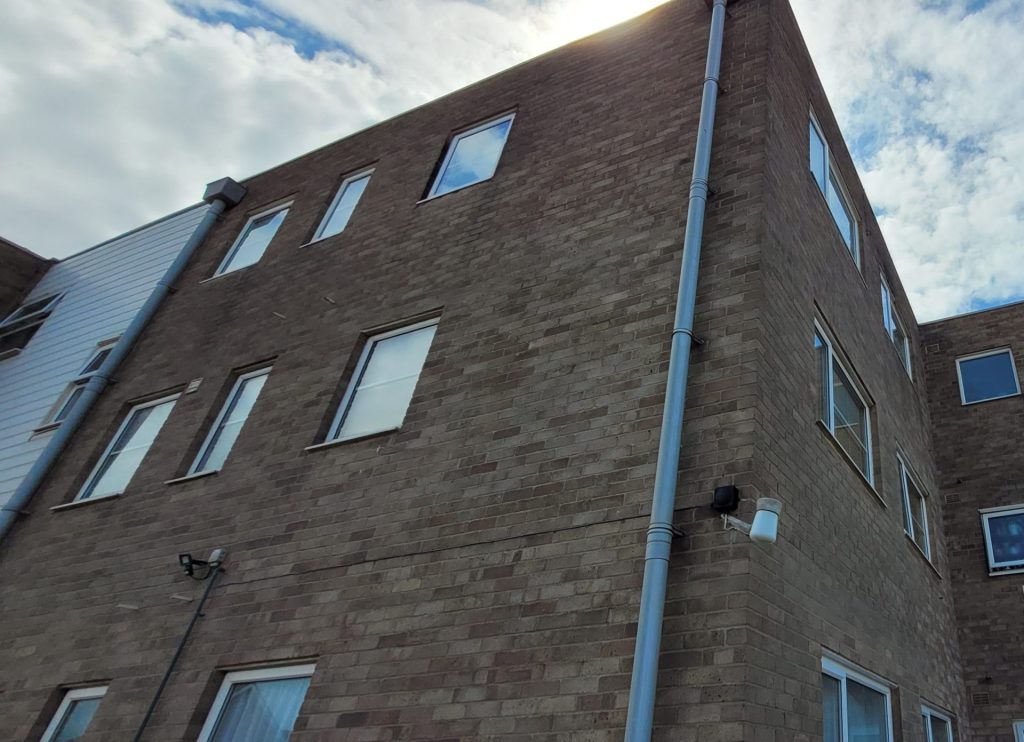
WHAT IS A TYPE 2 FIRE RISK ASSESSMENT?
TYPE 2: COMMON PARTS ONLY (DESTRUCTIVE)
A type 2 risk assessment is similar to that of a type 1 fire risk assessment, except there is a degree of destructive inspection carried out on a sample basis to confirm the construction of the property. This inspection would usually necessitate the presence of a contractor for the purpose of opening up construction and making good after the inspection.

WHAT IS A TYPE 3 FIRE RISK ASSESSMENT?
TYPE 3: COMMON PARTS AND DWELLINGS (NON-DESTRUCTIVE)
A type 3 survey includes the work involved in a type 1 assessment but also considers the means of escape and fire detection in 10% of the private dwellings.
Within flats, although the inspection is non-destructive, the fire resistance of doors to rooms are considered. Although measures to prevent fire are not considered, advice may be given to the tenant (fire loading etc) and areas that are in control of the Responsible Person are considered. i.e., electrics and heating installations.
A type 3 risk assessment may be appropriate for rented flats to ensure all reasonable measures have been taken to reduce the risk to the resident in the event of a fire. This would be appropriate in older blocks of flats or where a building has undergone conversion into flats, also where there is the possibility of unauthorised material alterations which would affect the compartmentation of the property.
Type 3 assessments go beyond the requirements of The Regulatory Reform (Fire Safety) Order 2005, by considering the flats as well as the common parts and can be difficult to arrange for access.
WHAT IS A TYPE 4 FIRE RISK ASSESSMENT?
TYPE 4: COMMON PARTS AND FLATS (DESTRUCTIVE)
This inspection would usually necessitate the presence of a contractor for the purpose of opening up construction and making good after the inspection. For this reason, such work would usually be undertaken in a void flat. This is the most comprehensive fire risk assessment and would only be appropriate when the history of the works is unknown and there is reason to believe that residents are at serious risk from a fire both in their dwellings and neighbours’ dwellings.
BOOK A FIRE RISK ASSESSMENT
Fill out your details below and a fire risk assessor will contact you regarding a Commercial Property fire risk assessment or alternatively a Type 1 or Type 3 Residential Fire Risk Assessment.
Fire Risk Assessment near me locations
Bath, Berkshire, Bridgwater, Bristol, Cheltenham, Chippenham, Devon, Exeter, Gloucester, Gloucestershire, London, Maidenhead, Plymouth, Reading, Slough, Somerset, South West, Swindon, Taunton, Weston-super-Mare, Wiltshire, Worcester, Worcestershire, Yeovil
EVERY BUSINESS IN THE UK IS REQUIRED TO CONDUCT A FIRE RISK ASSESSMENT
Find out more and book an assessment with our expert team today to keep your premises and its occupants safe.
© 2024 All Rights Reserved Independent Fire Risk Assessments Ltd | Registered in England and Wales | Company No. 14398880 | VAT Reg No 427037410


